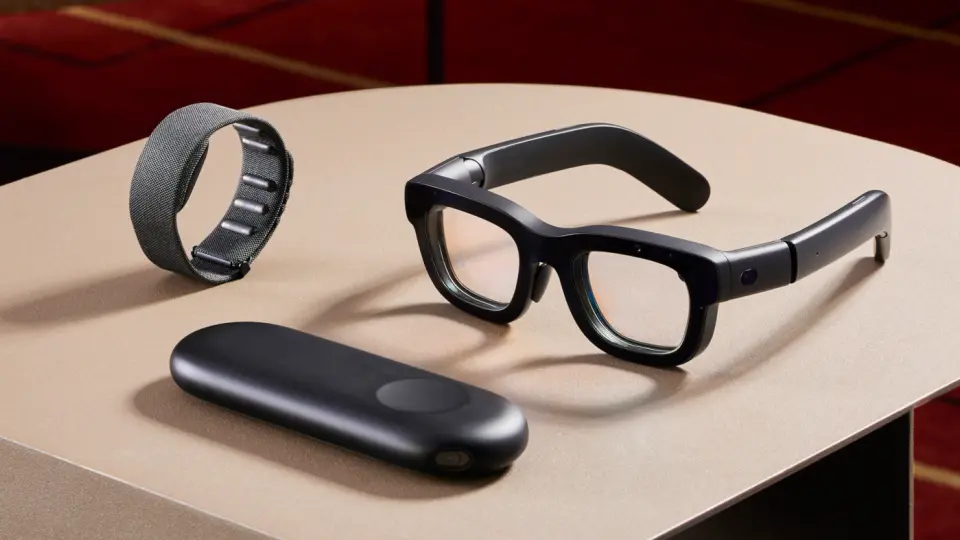Who is investing in the Augmented Reality (AR)?
Posted on March 17, 2023 4 minutes 810 words
Table of contents
Augmented reality (AR) is no longer a distant dream but an evolving reality. As this technology gains traction, numerous companies, startups, and investors are shaping the AR landscape. In this blog post, we’ll delve deeper into the key players investing in AR, exploring their strategies, products, and visions for the future.
Big Tech Companies
The tech giants are making significant strides in AR, each bringing their unique strengths to the table:
- Apple: The Cupertino-based company’s ARKit platform allows developers to create AR experiences for iOS devices. Apple is also rumored to be working on Project Titan, AR glasses that could redefine personal computing and integrate with Apple’s ecosystem.
- Google: Google’s ARCore platform enables AR app development for Android devices. The company’s investment in Magic Leap and its foray into Google Glass demonstrate its commitment to AR. Google Maps’ Live View feature is another example of AR integration in everyday life.
- Facebook (Meta): With its rebranding to Meta, Facebook is signaling its dedication to AR and VR technologies. Oculus Quest headsets showcase their VR capabilities, while Project Aria AR glasses are in development. The Spark AR platform empowers creators to design AR experiences for social media.
- Microsoft: The HoloLens mixed reality headset stands as Microsoft’s flagship AR product, with applications in various industries, such as healthcare, manufacturing, and education. Microsoft Mesh enables developers to create immersive and collaborative AR experiences.
- Amazon: Amazon’s Sumerian platform supports AR, VR, and 3D app development. The company’s AR shopping features, like AR View, allow customers to visualize products in their homes, enhancing the online shopping experience.
AR-focused Startups
Innovative startups are pushing AR technology to new heights:
- Magic Leap: Magic Leap’s mixed reality headset, Magic Leap One, combines digital content with the physical world for entertainment, communication, and productivity. The company has secured substantial investments, including funding from Google and Alibaba.
- Niantic: Behind the successful AR-based games Pokémon GO and Ingress, Niantic is also developing the Lightship AR platform, which aims to simplify AR app creation and enable real-time shared experiences.
- Blippar: Blippar specializes in AR advertising and marketing, offering solutions like AR packaging, immersive digital experiences, and interactive content that engage consumers and boost brand visibility.
- Daqri: Focused on industrial AR, Daqri’s Smart Helmet and Smart Glasses provide workers with real-time information and guidance, improving efficiency and safety in the workplace.
- RealWear: RealWear’s HMT-1 and HMT-1Z1 headsets are hands-free, voice-controlled devices that display crucial information for industrial workers, streamlining communication and task completion.
Venture Capital Firms
Venture capital firms play a critical role in supporting AR startups:
- Andreessen Horowitz: This prominent VC firm has backed AR startups like Magic Leap and Blippar, contributing to the development of AR hardware and marketing solutions.
- Sequoia Capital: Sequoia Capital’s investments in Niantic and Matterport demonstrate its belief in AR’s potential to transform gaming and 3D digital mapping.
- 8VC: By investing in WaveOptics and Mojo Vision, 8VC is supporting companies that develop AR display technology and smart contact lenses with AR capabilities.
- GV (formerly Google Ventures): GV’s portfolio includes AR-focused companies like Ubiquity6, which creates shared AR experiences, and Blue Vision Labs, which develops AR cloud solutions for precise location-based services.
Traditional Industries Adopting AR
Various non-tech industries are leveraging AR to enhance their operations and customer experiences:
- Automotive: Companies like BMW and Volkswagen are exploring AR-based navigation and maintenance systems, offering drivers an improved and safer driving experience through heads-up displays and guided assistance.
- Retail: IKEA and Lowe’s use AR-powered shopping experiences, such as IKEA Place and Lowe’s Vision, to enable customers to visualize products in their homes before purchasing, making for more informed decisions.
- Healthcare: Medtronic’s Touch Surgery and AccuVein’s vein visualization technology showcase how AR can be integrated into surgical procedures and medical training, ultimately enhancing patient care and outcomes.
- Entertainment: Disney and Universal Studios are incorporating AR into theme parks and experiences, providing immersive and interactive entertainment that takes storytelling to a new level.
Future Outlook
The AR investment landscape is poised for significant growth, fueled by ongoing technological advancements, increasing consumer demand, and widespread adoption across industries. As AR technology continues to mature, new challenges will arise, such as addressing privacy concerns, navigating ethical considerations, and managing the digital divide.
Conclusion
As we delve deeper into the world of augmented reality, it’s clear that tech giants, innovative startups, venture capital firms, and traditional industries are all playing essential roles in shaping the future of AR. These key players are driving the development and adoption of AR technology, transforming the way we interact with the digital world and our surroundings. By staying informed about the latest developments and trends in AR, we can better anticipate and embrace the exciting changes that lie ahead. So, keep an eye on the pioneers of AR as we journey together into an increasingly immersive and interactive world.








